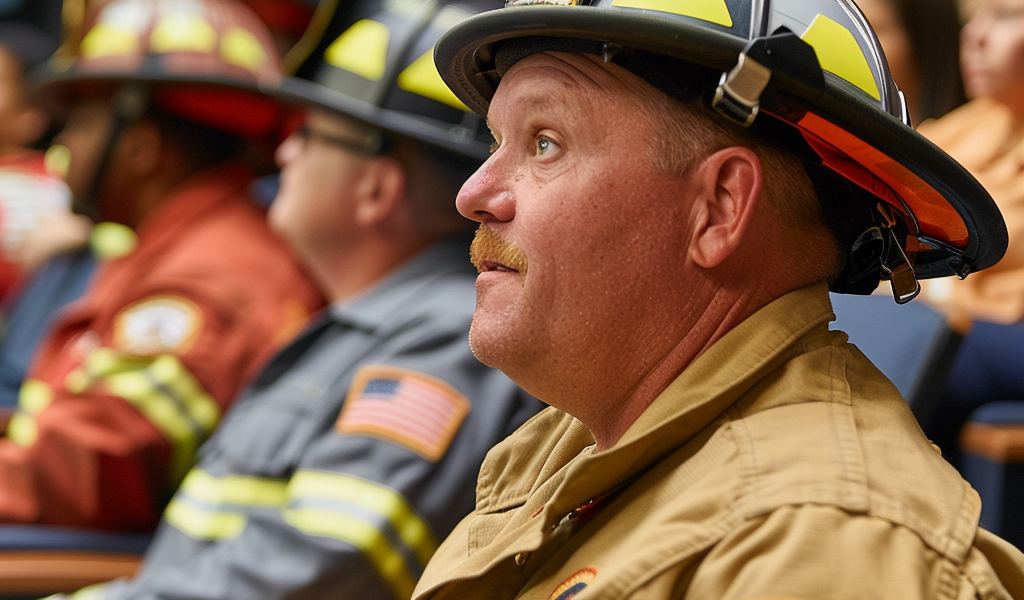Firefighter Cancer, Health Discussed at VA Conference
May 24, 2024
Tips about reducing exposures and the staggering statistics were among the topics discussed during the symposium in Fredericksburg.
The point of the symposium wasn’t to tell firefighters they’re at higher risk for cancer than the general population. They probably already know that. Occupational cancer is the leading cause of death in the fire service, responsible for three of every four line-of-duty deaths since 2019 among union members alone, according to the International Association of Firefighters union.
That’s why the second annual Virginia Firefighter Cancer Awareness and Health Symposium, held Thursday at the Fick Conference Center in Fredericksburg, focused on ways to reduce associated risks. More than 130 firefighters from Virginia Beach to Northern Virginia registered for the event, which included free screenings for various types of cancer or heart damage. The symposium was sponsored by Spotsylvania County Fire, Rescue and Emergency Management and the Virginia chapter of the Firefighter Cancer Support Network.
Those in the fire service should think of their cancer risks as drops falling into a bucket, said Derek Urwin, an engineer with the Los Angeles County Fire Department Engineer who’s also an assistant adjunct professor of biochemistry at UCLA. It may look like the bucket will never fill up, but check 12 hours later, and it’s overflowed from the continuous drips.
“When we think about our occupational exposures, we have to think of every single one of them, every whiff of smoke, every smudge of soot on your face as a drop in the bucket,” said Urwin, who went back to school to study firefighter risks after his brother died of leukemia. “Our goal as firefighters has to be keeping as many drops out of this bucket as possible while still being able to do our jobs.”
That can be difficult when the list of cancer-causing agents is “massive,” Urwin said. It includes daily exposure to smoke from structure and woodland fires, diesel exhaust, fumes from synthetic chemicals in household products, asbestos, flame retardants, and more.





